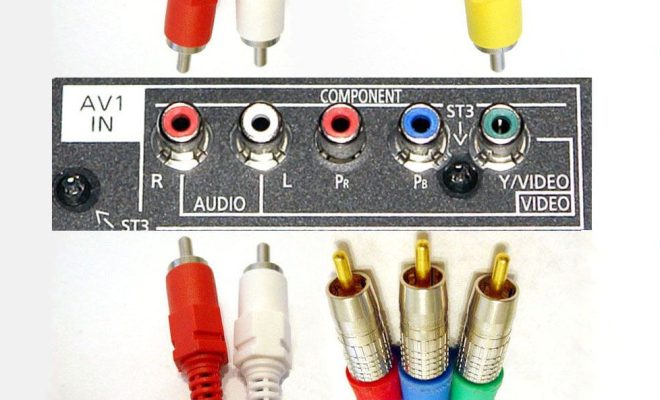Composite Video Connections Explained

Composite video connections are widely used in the world of consumer electronics, especially in older devices that do not support digital video signals. It is a simple way of transmitting video signals from one device to another by combining all the video information into a single signal.
Basically, composite video involves combining all of the color and brightness information of a video signal into a single channel. This means that you don’t need to worry about multiple cables and connections to transmit video signals.
One of the advantages of composite video connections is that they are relatively easy to set up and use. All you need is a single RCA cable to connect your video source to your display device. This is in contrast to component video signals, which require three separate cables to transmit the video signal.
However, composite video connections do have some drawbacks. For example, the image quality tends to be relatively low, especially when compared to newer digital video standards like HDMI. This is because all of the video information is combined into a single analog signal, which can result in a loss of detail and color accuracy.
Another issue with composite video connections is that they tend to be susceptible to interference from other electronic devices. For instance, if you have a lot of cables or electrical equipment in close proximity to your composite video connection, you may experience signal degradation or distortion.
In general, composite video connections are a good choice for older devices that don’t support digital video signals like HDMI or DisplayPort. However, for newer devices, it’s generally better to use a digital video connection standard to ensure the best possible image quality and compatibility with modern hardware.
In conclusion, composite video connections are a simple and easy method for transmitting video signals between devices. However, they tend to have lower image quality than newer digital video standards, and are susceptible to interference from other electronic equipment.





